Innovations of the Incas – Part I
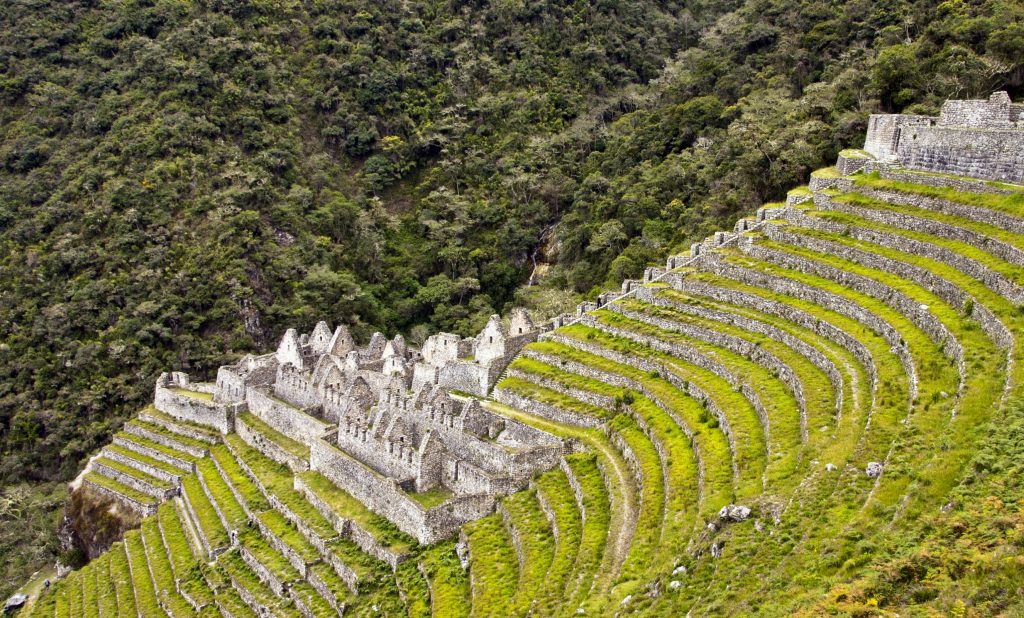
This is the first in a series of two articles on innovation of the Inca civilization. One of the best-known Inca sites is the mountaintop citadel of Machu Picchu. The site is breathtaking in its location, with steep slopes rising from the Urubamba River and huge mountain peaks all around. Some visitors consider it a highly spiritual place, sensing energy in the rocks, while others see it as an incredible feat of engineering for a civilization from the 15th century that lacked modern tools and technology. Building something like Machu Picchu today with modern equipment would be a huge challenge even for the most gifted architect. For the student of innovation, Machu Picchu could be considered a Mecca of new thinking, though the brilliance of the Inca civilization is not limited to this citadel. After a brief exploration of Machu Picchu, this article will explore other worthy sites of Incan innovation in Peru.
Situated at nearly 8,000 feet above sea level and 450 feet above the Urubamba River, the citadel of Machu Picchu consists of hundreds of stone terraces and amazing stone structures. The stonework of the Incas is world renowned, with rocks sculpted and fitted together so precisely that one cannot put the blade of a knife between the stones hundreds of years later. The most popular view of the site is from what is known as the Guard House, looking down on the site, with soaring mountain peaks all around. Built by the Incan Emperor Pacachutec in the 15th century, the site was abandoned in the 16th century and was popularized by the American explorer Hiram Bingham, who traveled to the location in 1911 and published articles and books on what he found there. Theories abound as to the purpose of the site, ranging from a country estate to a fortress to a sort of university.Â
Our first innovation lesson from the Incas concerns the theory of Machu Picchu as a university. The Inca civilization’s capital was situated in Cuzco, a mountainous area of Peru some 50 miles to the southeast of Machu Picchu. Cuzco’s elevation is over 11,000 feet above sea level and is situated in a drier region. Machu Picchu represents a transition from the mountainous areas of the Incan Empire to the jungle region of the interior or Peru, towards the Amazon. The Incas were comfortable living in the areas around Cuzco, but as their Empire expanded they needed to learn how to survive and thrive in a more jungle-oriented area. Machu Picchu represented a middle point between the mountainous areas of comfort and the new jungle areas where the Incas would encounter new peoples and a different climate. The Incas would feel safe in the citadel and the terracing and stone construction would remind them of other parts of their Empire, while the location would be at the edge of the jungle where they needed to learn how to survive and expand.Â
One piece of evidence to support this theory of Machu Picchu as a university is the discovery of a series of plants and seeds in what could be considered scientific growing areas in the citadel, where the Incas could see how their familiar crops grew in a more humid and temperate climate. The site also contained jungle plants that the Incas were cultivating on one of their terraces as well. Other evidence includes the various astronomical and solar measurement devices at the site, such as the famous “hitching post of the sun†device which has been validated by modern scientific methods as being extremely accurate.Â
The features of Machu Picchu that were considered by previous scientists as representative of a “fortress,†such as the famous Guard House (which was a storage room), and a stone wall and moat (which was a water channel for agriculture and household use), suggest that the site had other uses. The Sun Gate, where hikers completing the Inca Trail first see the amazing site and often break down into tears after the arduous trip, is not much of a fortification. Rather, it aligns precisely with the position of the sun at the solstice. One of the other roads leading to the site, the Inca Bridge, did provide a sort of drawbridge for access to the site (a wooden platform against a sheer rock wall with a drop-off of hundreds of feet), but this is the exception rather than the rule for the site.Â
The Inca site of Moray, near Cuzco, is a great example of the use by Incas of an agricultural research station. Moray consists of several large depressions (the largest is 98 feet deep) in the Earth in which the Incas built dozens of huge circular terraces. Each terrace represented a micro-climate and modern scientists have determined that there is a difference of as much as 27 degrees Fahrenheit in temperature from the top terrace to the lowest terrace. Different levels of moisture also exist across the site, and researchers believe that the Incas used these terraces to study the effects of different hybridizations of plants to see which ones would thrive in different climates. The placement of the site, at 11,500 feet above sea level, also leverages different breezes coming from the surrounding mountains and valleys thus adding other variables to the agricultural research.Â
For the modern innovation practitioner, the lesson here is the importance of partial immersion as a means of developing new thinking. Rather than making a few exploratory trips into the jungle and bringing back and analyzing their findings, the Incas decide to co-locate themselves with the jungle but they did so in a way that afforded them some protection from the threats of the jungle. They also established a location that shared some of the characteristics of their more familiar setting (the mountains) so that they had a context for analysis of what they found in the jungle areas.Â
An innovator seeking to leverage this approach might want to take ideas from innovation within one business unit or product and leverage it in searching for new ideas about how to improve another business unit or product. Rather than diving completely into the new organization, the innovator could set up a sort of halfway house where he or she could bridge the old and new thinking. This runs counter to the blue ocean theory, but there may be occasions where keeping a toehold in the old, familiar world has advantages over a brand new approach. The terracing of the agricultural research station at Moray also presents an opportunity for the modern innovator, as he or she could think about how to structure analysis with a set of specific variations in order to develop new thinking and test out new ideas to determine which is best suited to one’s overall objectives.
 Â
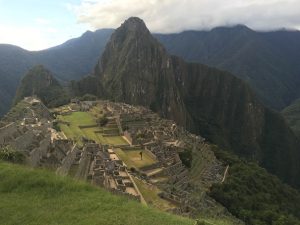
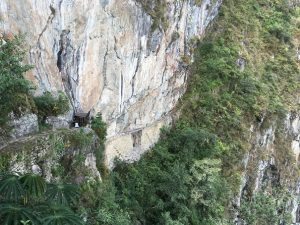
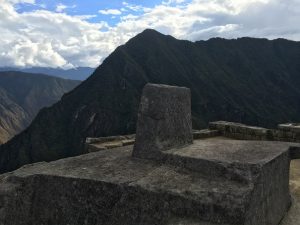
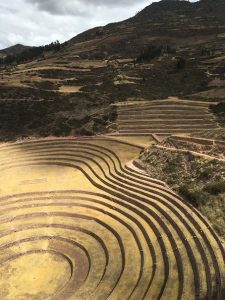 Â
Â
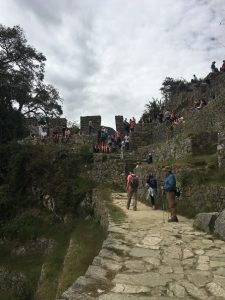
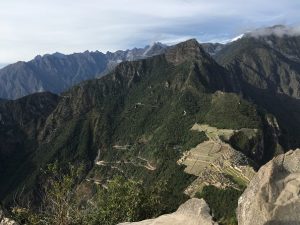
Photographs Courtesy of the Author:
Top Left – Â Overview of Machu Picchu Site
Top Right – The Inca Bridge
Middle Left – Hitching Post of the Sun
Middle Right – Moray Agricultural Research Terraces
Bottom Left – Sun Gate
Bottom Right – Site Overview from Wayna PicchuÂ
Other Sources:
https://en.wikipedia.org/wiki/Inca_Empire
https://en.wikipedia.org/wiki/Machu_Picchu
https://en.wikipedia.org/wiki/Moray_%28Inca_ruin%29
Wait! Before you go…
Choose how you want the latest innovation content delivered to you:
- Daily — RSS Feed — Email — Twitter — Facebook — Linkedin Today
- Weekly — Email Newsletter — Free Magazine — Linkedin Group
 Scott Bowden is an independent innovation analyst. Scott previously worked for IBM Global Services and Independent Research and Information Services Corporation. Scott has PhD in Government/International Relations from Georgetown University.image credit: bgr.com
Scott Bowden is an independent innovation analyst. Scott previously worked for IBM Global Services and Independent Research and Information Services Corporation. Scott has PhD in Government/International Relations from Georgetown University.image credit: bgr.com
NEVER MISS ANOTHER NEWSLETTER!
LATEST BLOGS
Will the iPhone Come to T-Mobile?
Lost in the noise this week was an announcement of a settlement in a legal dispute in which Sprint agreed…
Read MoreHow Charity could help spread Innovation
Every once in a while innovations come along that offer profitable opportunities for the inventors and business minds that turn…
Read More



